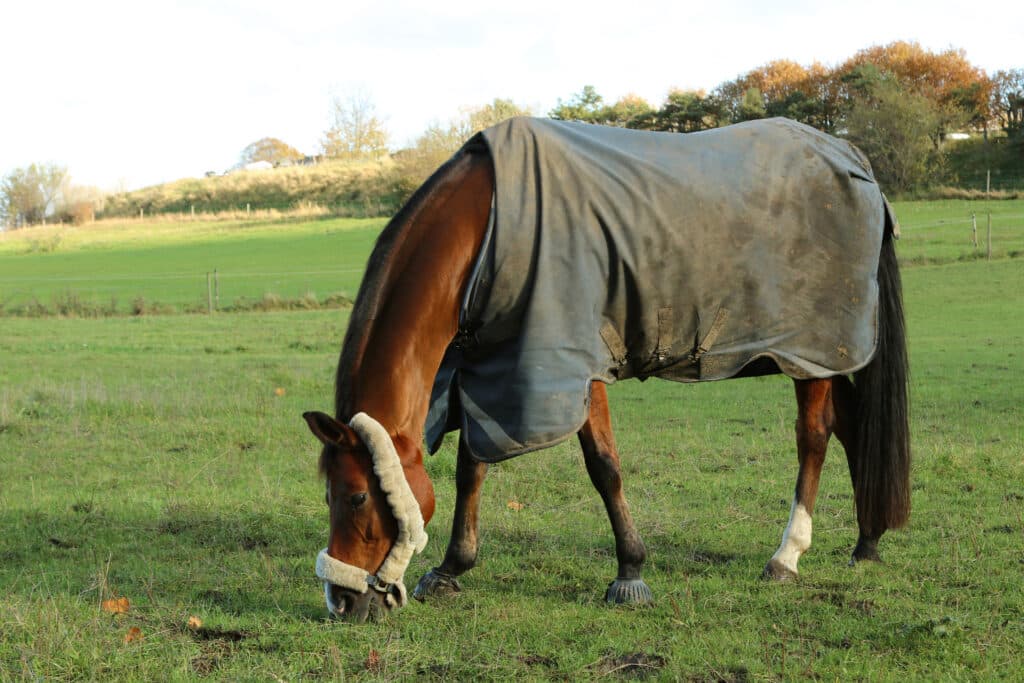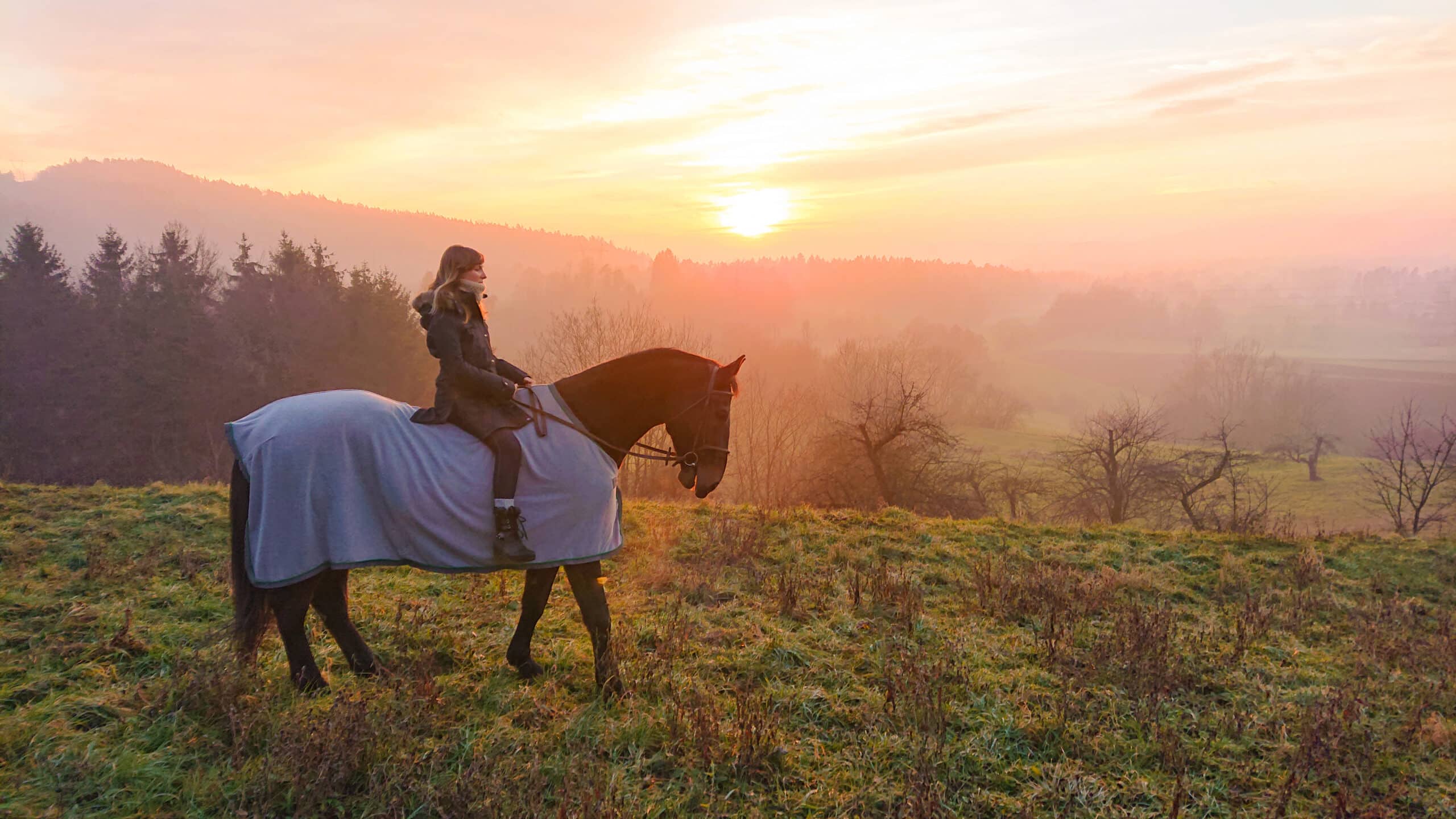Horse Blanket Guide: How to Choose the Right Weight for Fall Nights
As the crispness of autumn settles in, horse owners face one of the most common seasonal questions: does my horse need a blanket? If so, which type and what weight? Blanketing is not a one-size-fits-all decision. This horse blanket guide will walk you through the considerations for fall, including when to start blanketing, the types that are available, how to ensure a proper fit, and how to keep your horse safe and comfortable.
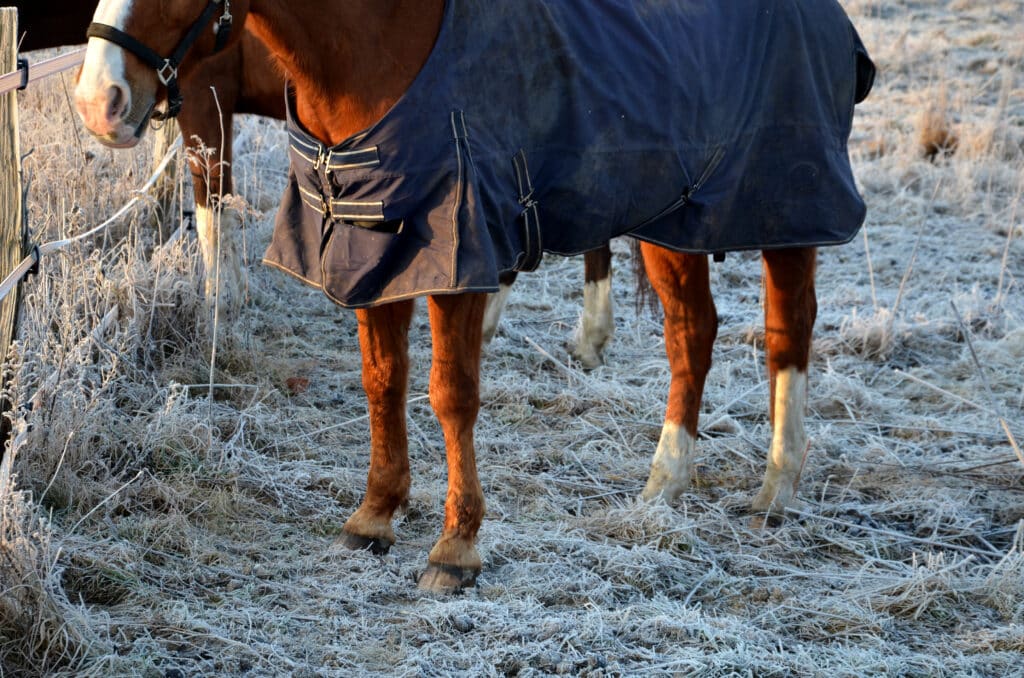
Horse Blanket Guide
Many horses do just fine without blankets, thanks to their natural ability to grow thicker coats and regulate body heat. However, some horses do need extra protection. Horses that are clipped, older, underweight, or prone to losing condition may require blankets when nighttime temperatures dip below 50°F. Horses in heavy training may also need blankets since they don’t grow the same dense coats as pasture horses. Always monitor your horse individually rather than following a strict temperature chart. Click here to see our current selection of horse blankets!
Types of Blankets Explained
A good horse blanket guide covers the range of options. Having a few options on hand allows you to adjust based on daily temperature swings:
- Sheets: Lightweight with no insulation, useful for blocking wind or rain on milder fall days.
- Medium-Weight Blankets: Usually 150-250 grams of fill, appropriate for temperatures between 30–50°F.
- Heavy-Weight Blankets: Over 300 grams of fill, designed for freezing weather or for clipped horses.
- Turnout Blankets: Waterproof and durable, ideal for horses spending time outside in variable fall weather.
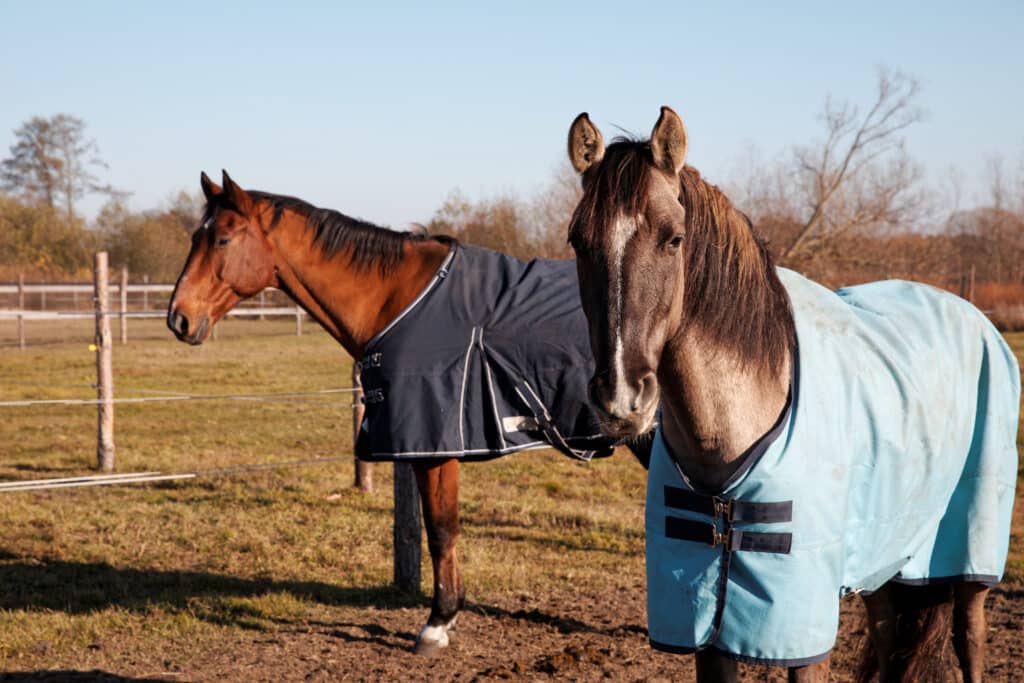
Why Proper Fit Matters
The most essential part of blanketing is how it fits on your horse. A poorly fitted blanket can cause shoulder rubs, wither sores, or hip pressure points. To measure correctly, place a tape at the center of the chest and extend it along the side to the point of the buttocks. The number in inches indicates the proper blanket size. Adjustable straps, gussets, and surcingles help customize the fit. Check the blanket daily for shifting or rubbing.
Material and Durability
When shopping for blankets, durability is critical – especially for horses that turn out with pasture mates. Look for denier ratings: higher numbers coincide with tougher fabric. Waterproof breathable materials are essential for fall, when weather can swing from sunshine to rain in a matter of hours. Detachable neck covers or liners provide additional flexibility without needing to buy additional blankets.
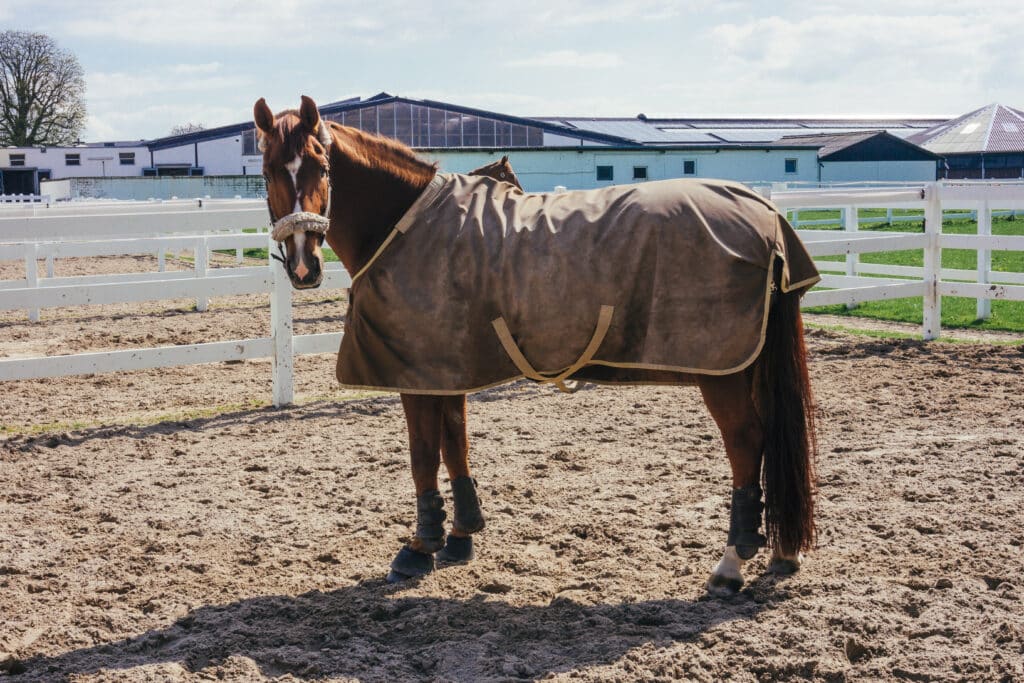
Layering Blankets
Layering gives horse owners more flexibility. A lightweight sheet can be combined with a medium blanket for chilly nights or removed during warmer afternoons. Just ensure layers fit smoothly together to avoid bulk and discomfort. Some blanket brands offer liner systems that snap into place, making layering easy and secure.
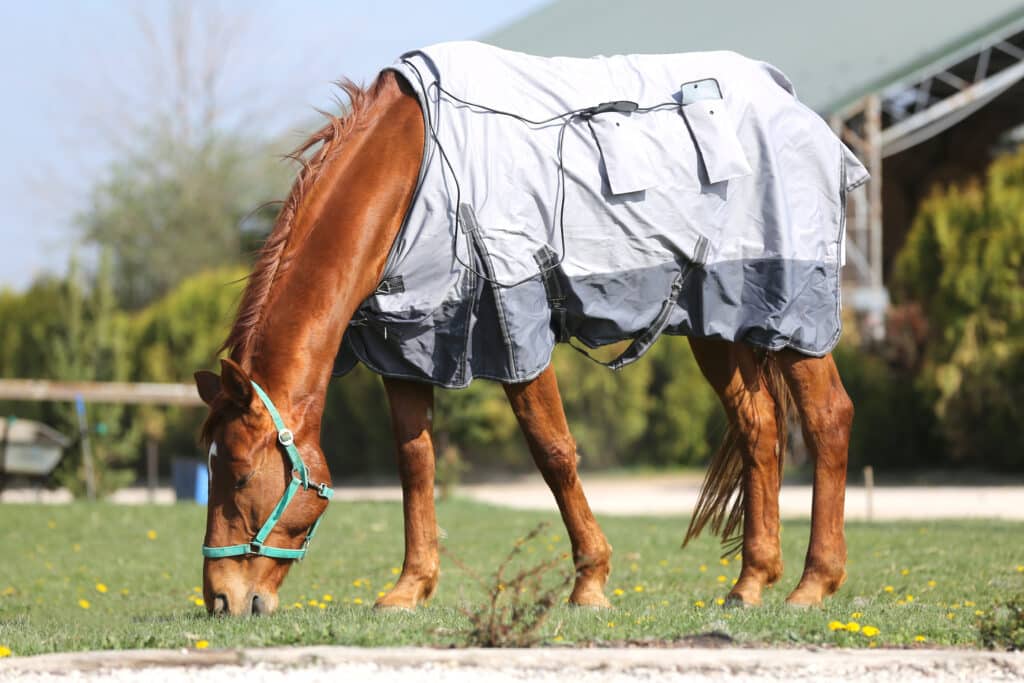
Signs of Comfort
After blanketing, be sure to check your horse. Slide a hand beneath the blanket at the withers or shoulder – your horse should feel warm but not sweaty. Overheating can be just as harmful as being too cold. Horses often move more than we realize outdoors, so monitor closely and adjust blanket weight based on their condition and activity level.
Setting Up a Cozy and Healthy Autumn
Blanketing decisions don’t need to be confusing. With this horse blanket guide, you’ll know when to start blanketing, how to choose the proper weight for your horse, and how to ensure a safe, comfortable fit. By paying attention to your horse’s individual needs and being flexible as temperatures shift, you’ll keep your horse cozy and healthy through the fall.
At The Trainer’s Loft, we stock a selection of horse blankets in a variety of sizes, weights, and styles. Whether you need a sheet for cool autumn evenings or a durable turnout for muddy pastures, we can help you find the right fit. Our knowledgeable staff will be happy to assist you in keeping your horse comfortable all season long.
